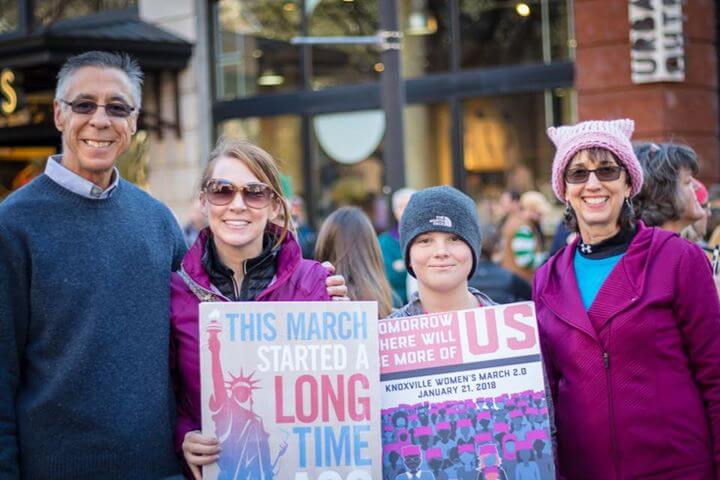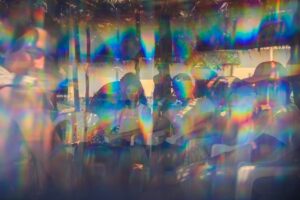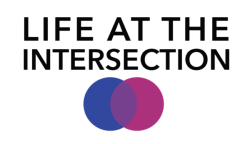
About Life At The Intersection
Welcome!
Life At The Intersection and Life At The Intersection Books provide resources for new and budding activists to guide them to effective, motivating activism.
Two significant challenges hinder positive change. First, less than 50% of Americans participate in activism, and most participate in protests and social media activism. While these are essential mobilization techniques, they differ from the deep engagement needed for transformative change. Second, the dropout rate in activism is high, with only a tiny percentage of activists staying committed long-term.
Life At The Intersection offers a positive perspective on activism with a research-based 5-Step Activism Path.
Step 1: Focus Your Passion: Because of the many issues to fight, activists find the cause closest to their heart to avoid being overwhelmed.
Step 2: Identify Your Gifts: Match their best skill to effective activism.
Step 3: Choose the Best Activism Option: Discover what activism technique suits you best. Today’s activists use creative options such as art, public speaking, teaching, and the power of the pen to change the world, making a difference doing what they love.
Step 4: Maximize Your Impact: Impact the cause by finding potential activism opportunities that pay off in real change.
Step 5: Stay Motivated: At the journey’s end, activists have an action plan to create effective, motivating change.
About Terri Lyon

Terri Lyon is “The Activist for Activists.” On Life At The Intersection she guides new and unproductive activists to make an impact on their cause. She collects stories about how ordinary people make a big difference in their community.
Her books have been featured in Reader’s Digest. Make a Difference with Mental Health Activism: No activism degree required—use your unique skills to change the world with activist Trish Lockard, is an Amazon best-seller, received a Reedsy 5-star review, and is endorsed in NAMI’s You Are Not Alone. She is the author of several courses at Walden University and is also a faculty member.
The cause closest to Terri’s heart is ending factory farming of animals, which is terrible in so many ways. She hopes to end animal cruelty and create a healthier Earth by encouraging plant-based diets.
Terri loves to putter in her wildlife-friendly garden and adorns her family and friends with crocheted gifts. She volunteers as treasurer of a federal credit union, where members can get financial services without having to support shareholders. She also supports dispute resolution as a professional arbitrator for the Better Business Bureau.
With her Ph.D. in Industrial and Organizational Psychology and a psychology license, she has explored work in government, Fortune 500 manufacturing, and education. Teaching is her favorite job.
Terri and her family, which includes many rescue animals, live in the foothills of the Great Smoky Mountains National Park.
Why Life At The Intersection?

When I began my website and needed a name, the word “Intersection” inspired me.
Intersectionality is a concept that recognizes the interconnected nature of social identities—race, gender, class, sexuality, and more—and how they overlap to create each person’s unique experiences. It’s like looking at a person’s life through a kaleidoscope, where each piece of glass represents a different part of who they are. When you look through it, you see how all these pieces come together to shape someone’s experience in the world.
In activism, understanding intersectionality is crucial because it helps us see the full picture, so we can create more effective strategies. And when we stand together, understanding and supporting each other’s unique challenges and strengths, we are a more powerful force for change.
The second reason “Intersection” inspired me is that people who put weird ideas together to discover something new enchant me. It is creative thinking at its best and a technique I use to focus on my values, live the life I want, and make the world a better place.
That is what Life At The Intersection is about — inspiring you to focus your passion and change the world.
Here are some fun examples of people thinking creatively
I learned from Joshua Redstone, an engineer who loves to bake. He got frustrated with the measuring cups. To be accurate, you must use a small measuring cup for small amounts and a large measuring cup to measure more substantial quantities. At the intersection of engineering and baking, he created Euclid, a measuring cup you can use for any amount.
I learned that men need to be nudged toward better aim at urinals. To decrease the amount of cleaning required in the men’s room at the Amsterdam airport, pictures of bees are placed at the bottom of the urinals. Men like to urinate on something, and the bee target increases aim and reduces cleaning costs. This article describes the psychology behind the choice and reveals that this approach has been used throughout history.
Hat tip to Dr. Kevin Bales, who corrected me about the urinals!
I noticed on your blog the bit about men and urinals and the use of images of flies … but they’re not flies, they’re bees. This goes back more than two hundred years and is basically a joke – ‘bee’ in Latin is ‘Apis’ [nominative/singular] and pronounced ‘a piss’. In Europe, you still see bees in urinals printed onto the surface as a target.
